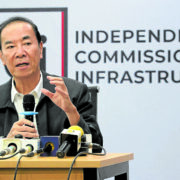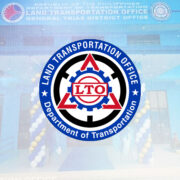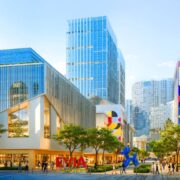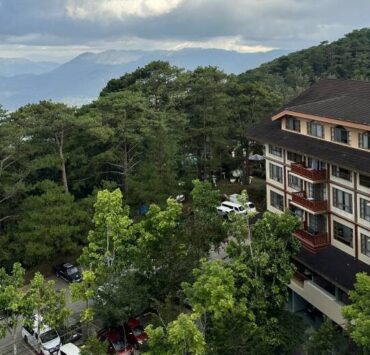The need for more active mobility
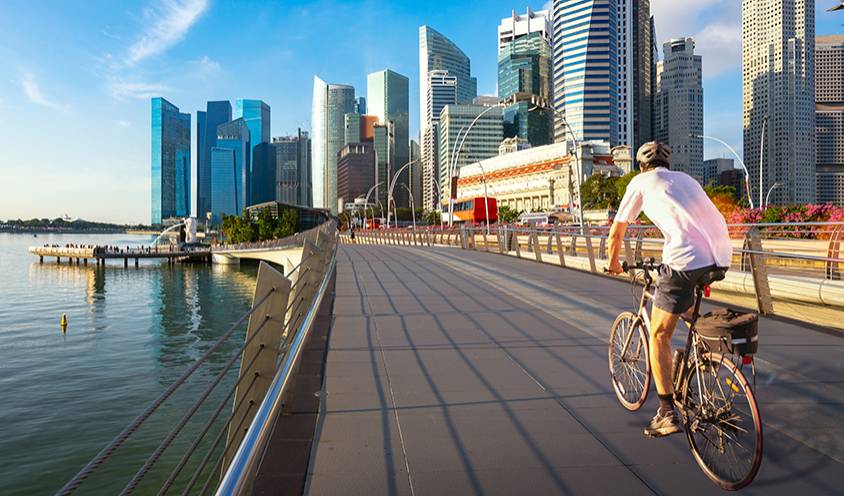
Modern life sees us traveling more frequently, yet we move our bodies less.
Such physical inactivity, according to the World Health Organization (WHO), is one of the leading mortality risk factors globally, as it can lead to conditions such as Type 2 diabetes and cancer. According to a WHO report, one in four adults and eight of 10 adolescents do not do enough physical activity.
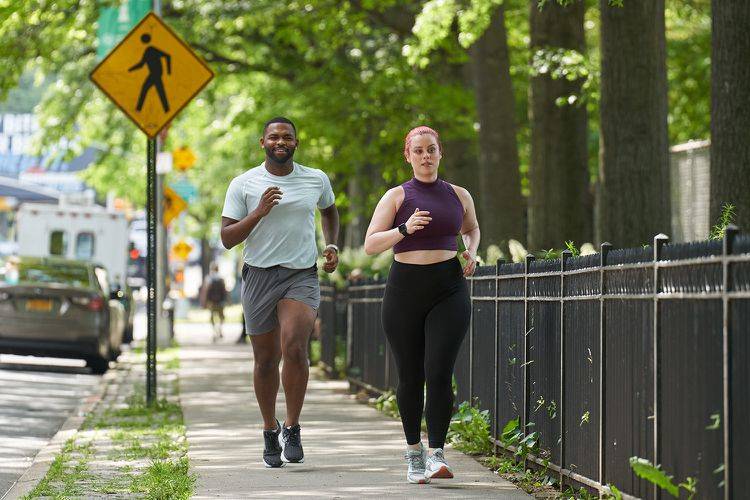
Equity and inclusivity
This is where active mobility becomes not only a question of health and sustainability, but also of equity and inclusivity.
Active mobility means walking, cycling and wheeling—getting to where we need and want to be while moving our bodies. It offers major benefits for health, the environment, and quality of life.
Currently, transportation not only influences the way we move, but also plays a major part in our current climate crisis. A fifth of global carbon emissions come from transportation, while road traffic is the No. 1 contributor.
On top of that, more than half of the world’s population live in urban areas, which are increasingly clogged with traffic. This situation will become worse as more and more people flock to cities. Space is scarce, health and pollution are major issues, and no matter how we look at it, we cannot escape the fact that we must rethink the way we move around.

An integral part
We need to enable more livable places by making active mobility an integral part of our projects for our towns and cities. So, what does a city designed with active mobility look like?
The answer depends on the population size and demographics, climate conditions, social and cultural context.
But there is a set of guiding principles that inform any strategy of designing for active mobility: increasing proximity of amenities, rising equity and accessibility in urban space, and thinking across scales from the local to the regional.
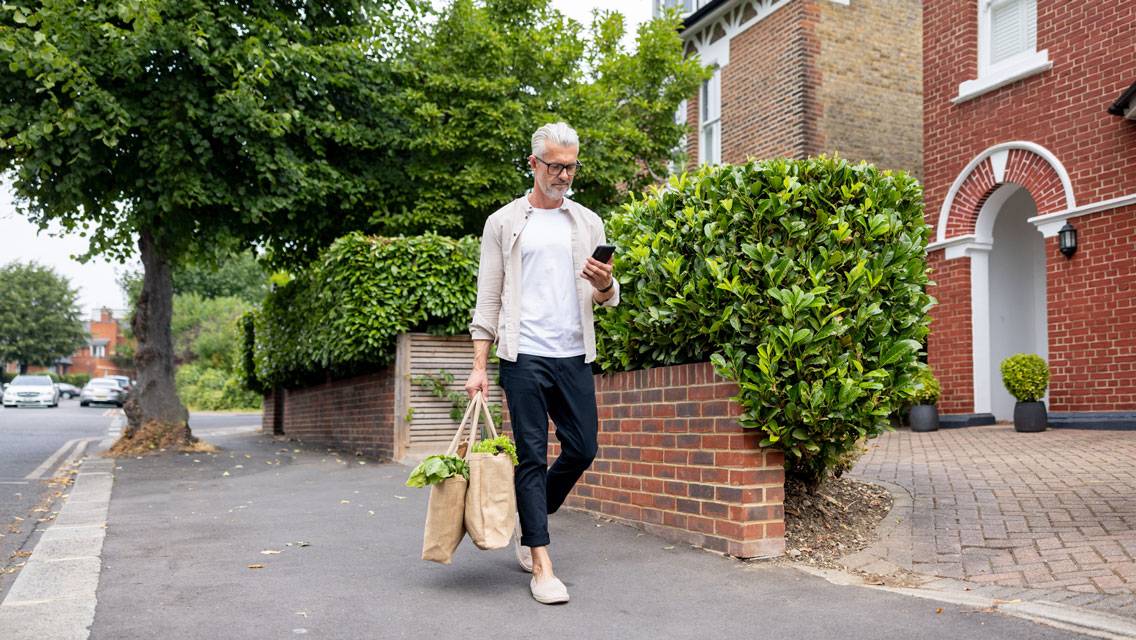
Designing for short trips
We need to design for short trips. In making traffic more efficient, engineers and politicians often focus on road expansions and increasing speed.
But building roads for more cars and higher speed limits is space consuming. Efficient traffic flows in cities are more easily created if distances are shortened and speed lowered.
We must plan for greater proximity and denser areas that are walkable and bikeable. Much of this proximity will come naturally by thinking beyond cars.
Parking a car requires 20 sqm, whereas parking a bicycle involves only 2 sqm. This calls for a mind shift and long term transformation that involve not only traffic planners, but also urban planners, citizens, and policy makers.
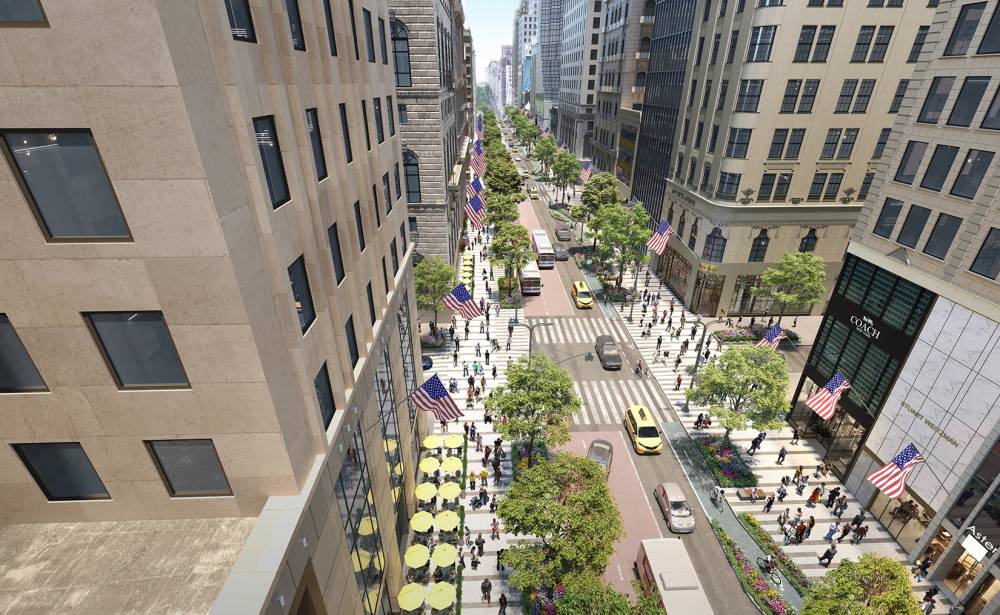
Making roads safer
Sixty percent of urban trips globally are shorter than 5 km. Many of these can be made by bike or on foot, if we would only make it safer and more attractive to do so.
Many of our towns and cities have been designed for cars, not for pedestrians and cyclists. Our streets have been built to accommodate large machines, but they have limited accessibility of other modes of transportation. Roads that have made it easier for the car driver to speed through have made it harder and unsafe for other street users—taking away freedom of movement of children, the elderly, and people with disabilities.
This is where active mobility is not only a question of health and sustainability, but also of equity and inclusivity.
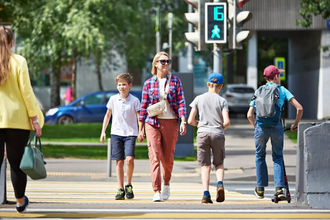
Freedom of movement
In the future, people will still depend on a car, due to physical ability, poor accessibility to public transportation, and long travel distances.
Planning for more active mobility is not about restricting the freedom of movement. The aim, on the contrary, is to improve freedom of movement for more people.
The benefits of active mobility are clear. By planning and reallocating space for more active mobility, we can make way for healthier lives, a healthier planet, and more livable cities for all.
The author is fellow emeritus of the Philippine Institute of Environmental Planners (PIEP) and principal urban planner of CONCEP Inc.
The author (nveinsiedel@gmail.com) is a Fellow and Past President of the Philippine Institute of Environmental Planners and Principal Urban Planner of CONCEP Inc.




